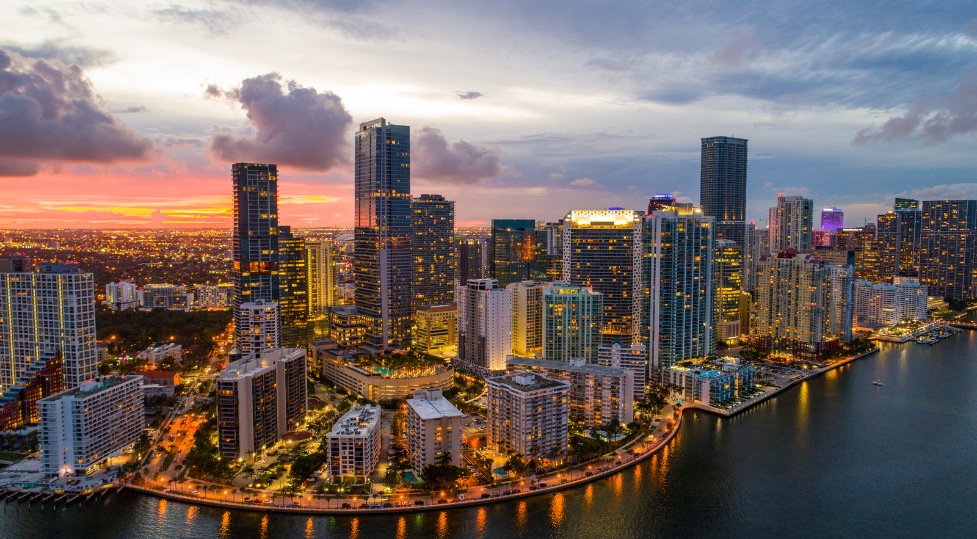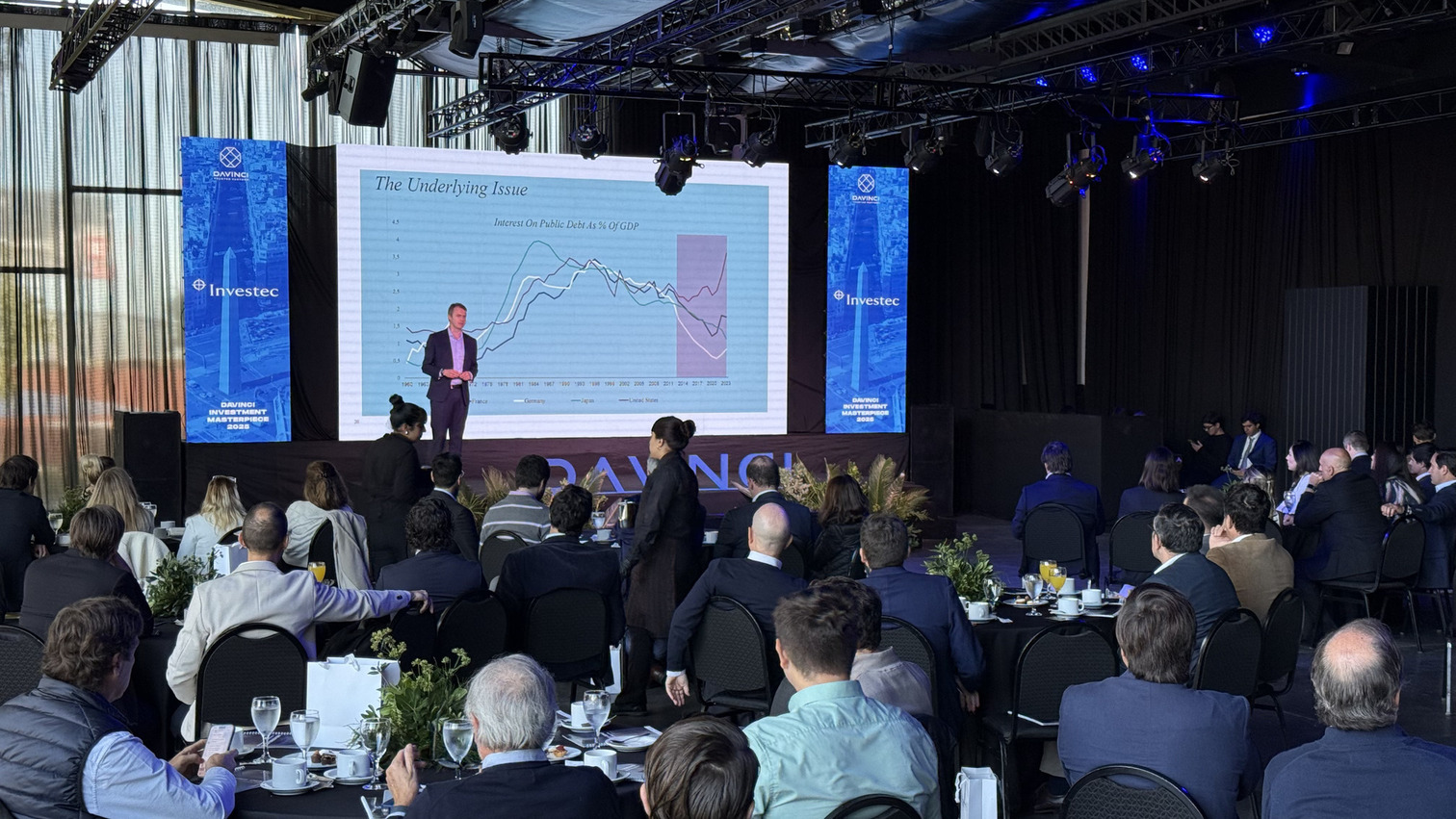Home to more than six million high-net-worth individuals, the United States holds 34% of the world’s liquid private wealth and is home to 37% of the global millionaire population, according to the USA Wealth Report 2025, published by international specialists in wealth and investment migration Henley & Partners, in collaboration with global data intelligence firm New World Wealth.
Over the past decade, the U.S. has taken the lead in wealth generation. Between 2014 and 2024, its millionaire population grew by 78%, slightly surpassing China (74%) and far outpacing other nations. Leading the W10 group (the 10 wealthiest countries by number of resident millionaires), the U.S. now has approximately 6,041,000 millionaires, 10,800 centi-millionaires, and more than 850 billionaires. China follows with around 827,900 millionaires, 2,250 centi-millionaires, and approximately 280 billionaires—still far behind the U.S. in private wealth despite rapid growth.
This dominance in wealth extends across all tiers: 36% of the world’s centi-millionaires (those with over $100 million) and 33% of the world’s billionaires reside in the United States.
In contrast, other major W10 economies have seen much slower growth. Germany’s millionaire population increased by just 10% over the past decade, Japan’s by 5%, and the United Kingdom’s declined by 9%, suggesting a significant millionaire outflow and economic stagnation. Australia (+30%), Switzerland (+28%), Canada (+26%), and Italy (+20%) performed better, though still well behind the U.S. in absolute terms.
The report, however, warns that while the U.S. remains one of the top destinations for global wealth migration, a growing number of wealthy Americans are actively seeking alternative residence and citizenship options abroad.
Dr. Tim Klatte, partner at Grant Thornton China and adjunct professor at New York University in Shanghai, notes that wealthy investors must remain vigilant, agile, and proactive in their wealth management. “Despite the recent ceasefire, the trade war between the U.S. and China goes beyond economics—it is a complex geopolitical contest with far-reaching consequences. HNW investors must factor in the risk of rising tensions, breakdowns in trade negotiations, and the broader threat of international conflict. These dynamics can significantly influence investment decisions, asset allocation, and long-term wealth preservation.”
Since its launch in 1990, the U.S. EB-5 Immigrant Investor Program has generated more than $55 billion in foreign direct investment in the U.S., created nearly 1.4 million jobs, and contributed billions in tax revenue. The report highlights that between 2019 and 2024, inquiries about the EB-5 program rose by 325%, and this trend continues in 2025, with a 57% increase in the first quarter compared to the same period in 2024, and a 168% rise compared to the fourth quarter of 2024.
“The apparent paradox of wealthy Americans considering moving abroad while non-Americans invest in the U.S. reflects a broader global dynamic and an economic truth. The United States remains the best place in the world to create and grow wealth—even if some choose to leave. For global investors, the U.S. market represents opportunity, scale, security, and innovation,” concludes Jean Paul Fabri, chief economist at Henley & Partners.




